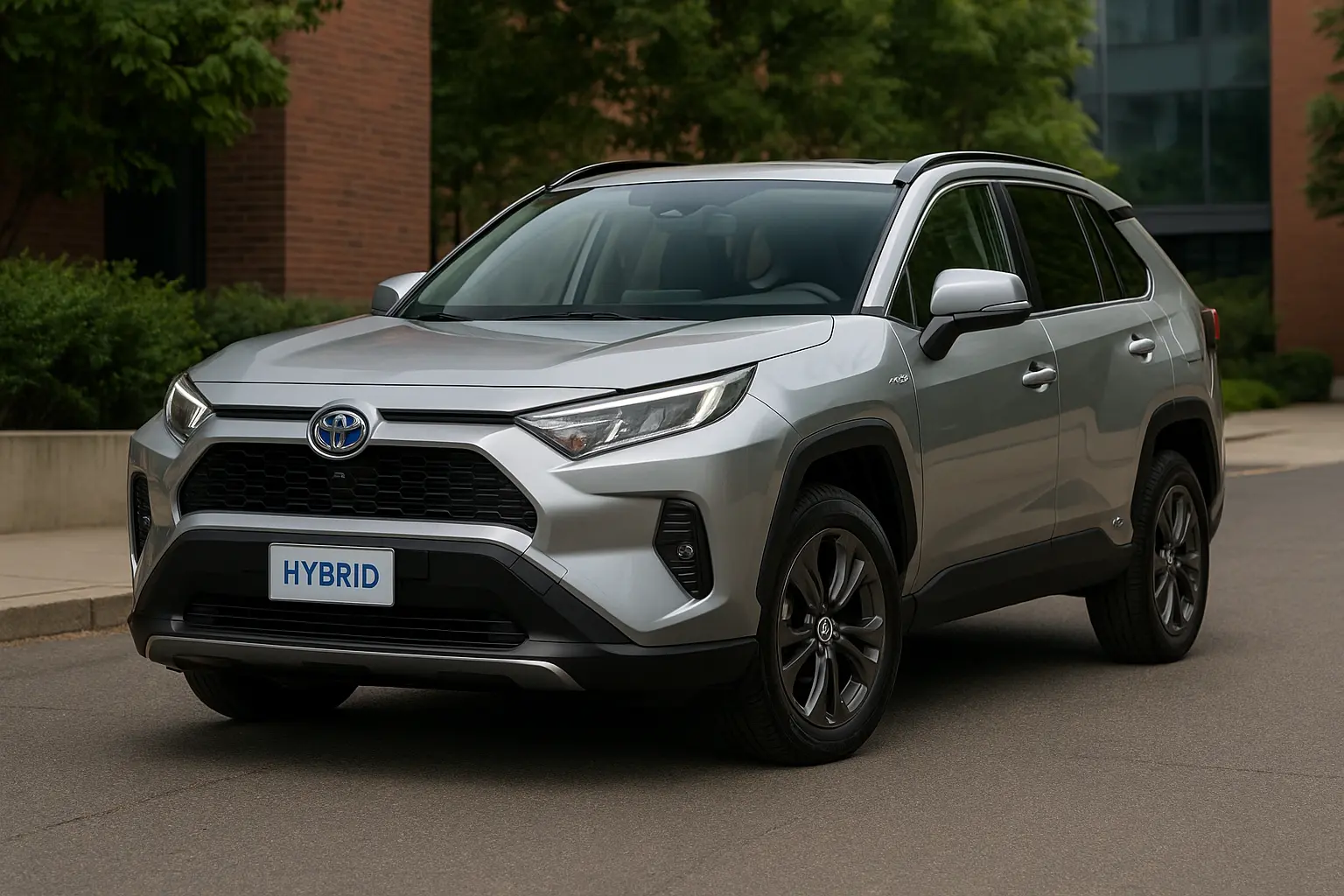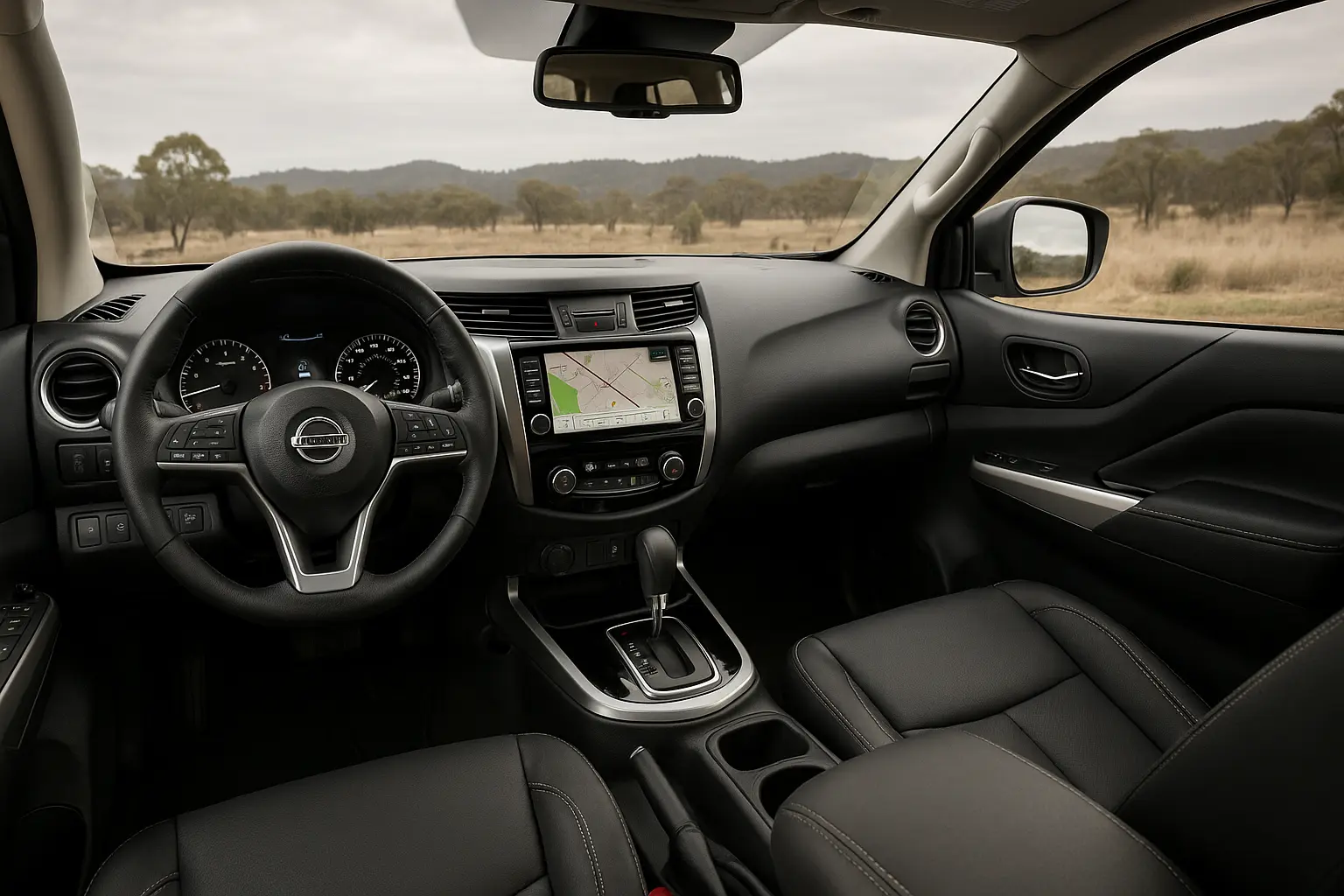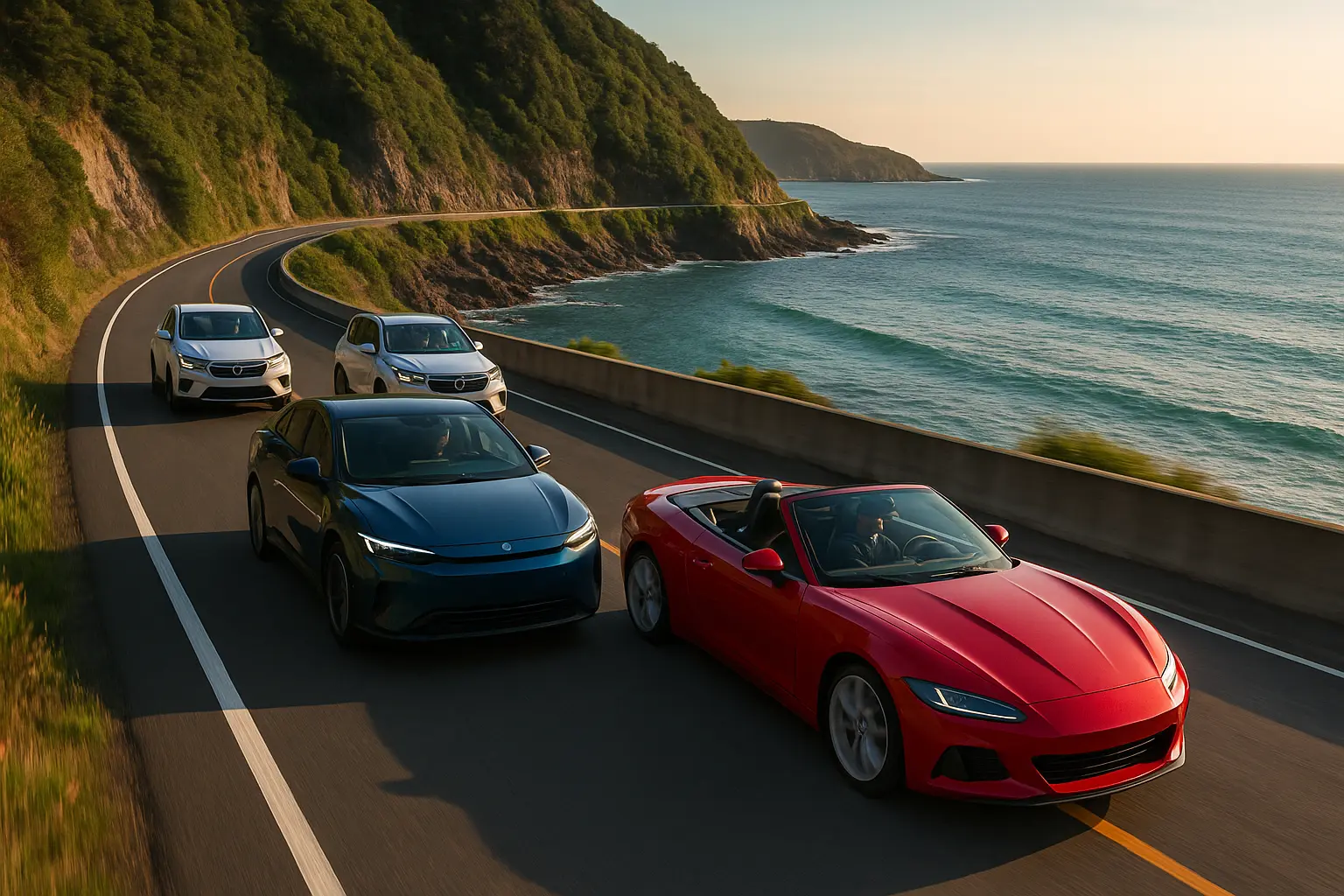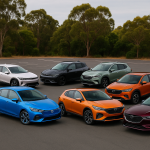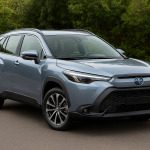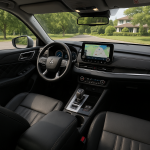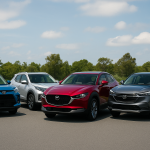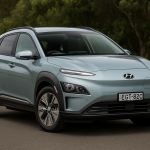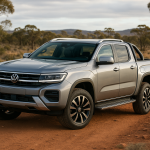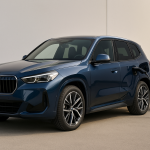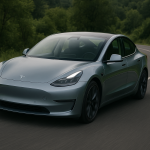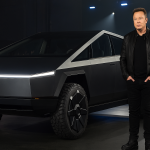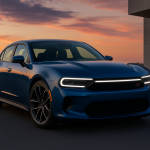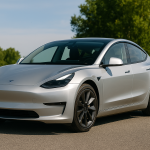When it comes to midsize SUVs in Australia, few names dominate the conversation like the Mazda CX-5 and Toyota RAV4. Both models consistently top sales charts and frequently appear in buyer shortlists thanks to their balance of practicality, comfort, and efficiency.
But if you’re torn between these two segment leaders, the question becomes: which SUV is the better buy in 2025?
This in-depth guide puts the Mazda CX-5 and Toyota RAV4 head-to-head, examining everything from design and performance to safety, technology, fuel efficiency, and long-term ownership. Whether you’re a family driver, urban commuter, or weekend adventurer, this comparison will help you decide which SUV truly reigns supreme.
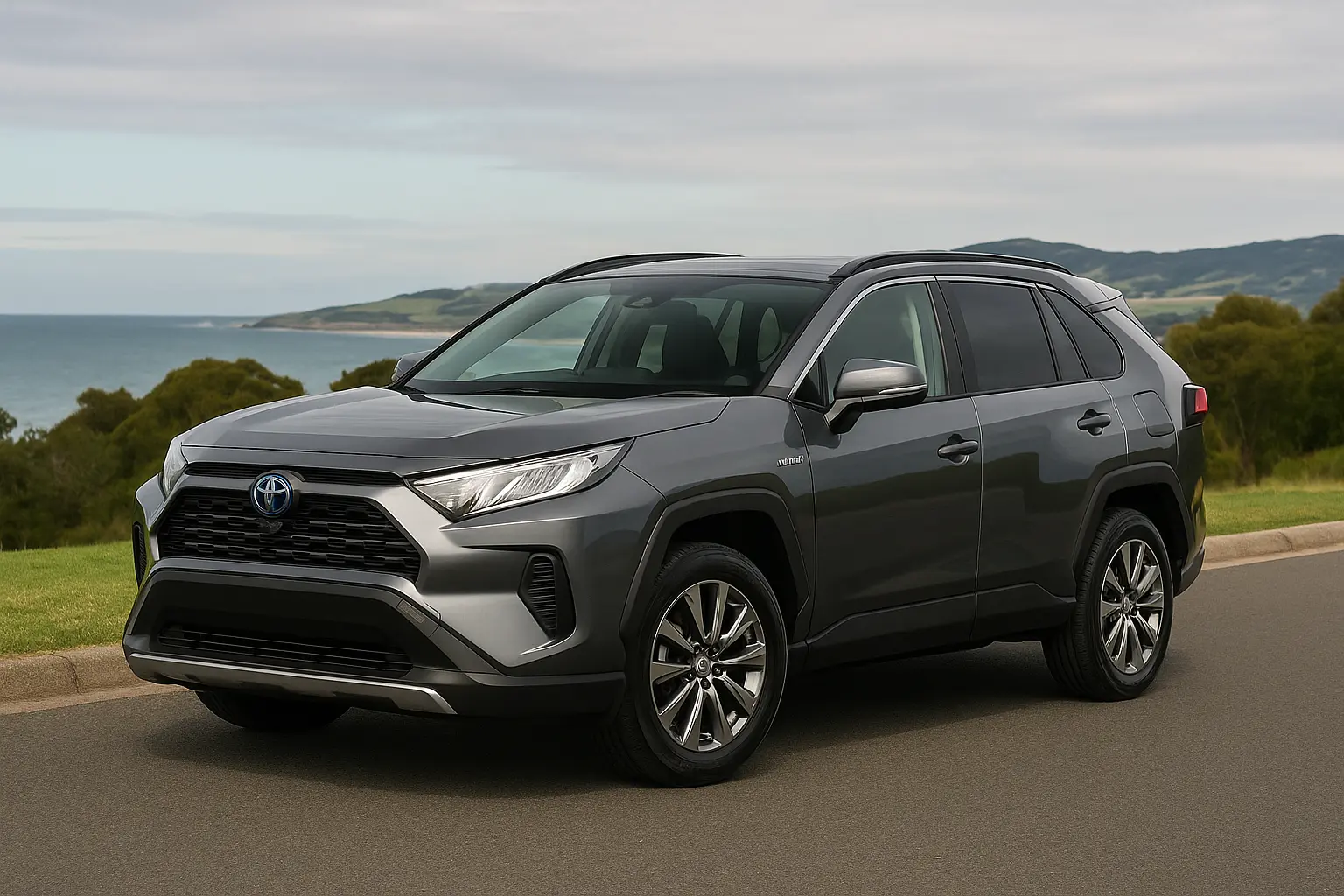
Exterior Design: Style vs. Presence
The design language of these SUVs reflects their brand philosophies.
Mazda CX-5
Mazda’s “Kodo” design philosophy emphasises flowing lines, minimalism, and a premium aesthetic. The CX-5 looks more like a luxury European SUV than a mass-market model. Its sculpted bodywork, sleek LED headlights, and bold front grille exude sophistication, appealing to buyers who prioritise style and class.
Toyota RAV4
The RAV4 takes a more rugged approach, leaning into adventure-ready styling. Its angular lines, chunkier stance, and aggressive front end make it look tougher and more outdoorsy. With higher ground clearance and a wide stance, it signals capability and confidence on Australian roads and off-road tracks alike.
Verdict: The CX-5 appeals to urban drivers seeking elegance, while the RAV4 speaks to buyers who value rugged versatility and presence.
Interior Design and Comfort
Step inside and the differences between the two become even clearer.
Mazda CX-5
Mazda is known for punching above its weight in interior quality. The CX-5 features soft-touch materials, leather options, and a driver-focused cabin that feels more premium than many rivals. The ergonomics are excellent, with intuitive controls, a stylish centre console, and supportive seats designed for long drives. Noise insulation is also impressive, giving the cabin a hushed, refined ambience.
Toyota RAV4
Toyota focuses on practicality and space. The RAV4 offers a roomier cabin, especially in the rear seats, making it ideal for families. Storage compartments are abundant, and the dashboard layout is functional with a more rugged feel. While materials are not as luxurious as the CX-5, everything feels durable and built to last, a hallmark of Toyota’s reputation.
Verdict: The CX-5 wins on premium feel, but the RAV4 excels in spaciousness and family-friendly practicality.
Infotainment and Technology
Both SUVs have stepped up their tech game in recent years, but they cater to different expectations.
Mazda CX-5
Mazda’s infotainment system includes a 10.25-inch screen controlled by a rotary dial. It offers wireless Apple CarPlay and Android Auto, crisp graphics, and a clean interface. However, some buyers may find the lack of touchscreen functionality frustrating. Optional features include a Bose premium audio system, head-up display, and advanced driver aids.
Toyota RAV4
The RAV4 comes with a large 10.5-inch touchscreen in higher trims, with full Apple CarPlay and Android Auto support (wireless for CarPlay). Its system is more user-friendly for those who prefer touch-based controls. Toyota also offers features like a digital instrument cluster, wireless phone charging, and connected services in newer models.
Verdict: Toyota’s infotainment feels more modern and accessible, while Mazda prioritises a minimal, distraction-free driving experience.
Engine Options and Performance
Performance is where both models offer distinct strengths.
Mazda CX-5
The CX-5 offers multiple petrol engines and a diesel option:
- 2.0L petrol (front-wheel drive) for efficiency.
- 2.5L petrol with all-wheel drive for stronger performance.
- 2.5L turbo-petrol delivering 170kW, making it one of the most powerful options in the segment.
- 2.2L turbo-diesel for torque-rich towing and fuel savings.
Mazda’s tuning emphasises sharp handling and a more engaging drive, closer to what you’d expect from a sporty hatchback than a family SUV.
Toyota RAV4
The RAV4 stands out with its hybrid dominance.
- 2.0L petrol engine for entry models.
- 2.5L petrol hybrid system (available in front-wheel and all-wheel drive) delivering excellent balance between power and economy.
The hybrid is the hero here, achieving fuel economy figures that few rivals can match. The RAV4 prioritises comfort and smoothness over sportiness, with a relaxed, predictable driving experience.
Verdict: The CX-5 is for those who love driving, while the RAV4 is the smart choice for fuel savings and everyday refinement.
Fuel Efficiency
Mazda CX-5
Fuel efficiency depends on engine choice:
- 2.0L petrol: around 7.2L/100km.
- 2.5L petrol: 7.5–8.0L/100km.
- 2.5L turbo-petrol: approx. 8.5–9.0L/100km.
- 2.2L diesel: around 6.0L/100km.
Toyota RAV4
The hybrid variants dominate this comparison:
- 2.5L hybrid: around 4.7–5.0L/100km, making it one of the most fuel-efficient midsize SUVs in Australia.
- 2.0L petrol: approx. 6.5–7.0L/100km.
Verdict: RAV4 Hybrid is the clear fuel-efficiency champion, perfect for long-term savings.
Driving Experience
Mazda CX-5
Mazda engineers every vehicle with “Jinba Ittai” (car and driver as one). The CX-5 feels planted and responsive, with sharper steering and a sense of agility uncommon in SUVs. It excels on winding country roads as much as in city traffic.
Toyota RAV4
The RAV4 is tuned for comfort and ease. It absorbs bumps well, cruises effortlessly on highways, and feels secure rather than sporty. Its higher driving position and confidence-inspiring ride make it a favourite among families and adventure seekers.
Verdict: Choose the CX-5 for dynamic fun, or the RAV4 for comfort and stress-free driving.
Safety Features and Ratings
Both models score highly with ANCAP, achieving 5-star ratings.
Mazda CX-5 Safety
- Advanced Smart City Brake Support (autonomous emergency braking).
- Blind-spot monitoring and rear cross-traffic alert.
- Adaptive cruise control.
- Lane departure warning and lane-keep assist.
Toyota RAV4 Safety
- Toyota Safety Sense suite standard across the range.
- Pre-collision safety system with pedestrian detection.
- Adaptive cruise control with stop-and-go.
- Lane tracing assist and road sign recognition.
Verdict: Both SUVs are safety leaders, but Toyota’s suite is more consistent across all trims.
Practicality: Cargo and Space
Mazda CX-5
Boot capacity sits at around 442 litres with seats up, expanding to 1,340 litres with rear seats folded. While adequate, it’s smaller than many rivals, including the RAV4.
Toyota RAV4
With 580 litres of boot space (and up to 1,690 litres with seats folded), the RAV4 easily wins for cargo. It also offers more rear-seat legroom, making it better suited for families with growing kids or frequent road trips.
Verdict: The RAV4 takes the crown for practicality.
Ownership Costs and Value
Mazda CX-5
Mazda offers a five-year/unlimited kilometre warranty. Service intervals are every 12 months or 10,000km, slightly shorter than Toyota’s. Running costs vary depending on engine, with the turbo petrol being thirstier.
Toyota RAV4
Toyota also provides a five-year/unlimited kilometre warranty, with capped-price servicing every 12 months/15,000km. Hybrids particularly shine in long-term savings thanks to low fuel use and Toyota’s strong resale value.
Verdict: RAV4 edges out Mazda with longer service intervals and higher resale strength.
Price and Value in Australia
Pricing varies by trim and specification:
Mazda CX-5
- Entry-level Maxx: from around $36,000 drive-away.
- Mid-spec Touring and GT: $45,000–$52,000.
- Top-spec Akera Turbo Diesel: over $55,000.
Toyota RAV4
- GX petrol: from around $39,000 drive-away.
- Popular Cruiser Hybrid AWD: approx. $52,000.
- Top Edge AWD Hybrid: $58,000+.
Verdict: Mazda offers strong value at entry levels, but RAV4 Hybrid justifies its higher price with economy and practicality.
Long-Term Reliability
Mazda CX-5 has built a strong reputation for reliability, with fewer complaints around drivetrain or build quality. Mazda’s engines are proven, and its premium feel holds up well with age.
Toyota RAV4 benefits from Toyota’s global reputation for bulletproof reliability. Its hybrid system is proven worldwide and backed by years of engineering refinement.
Verdict: Both are reliable, but Toyota’s hybrid system and brand trust give it a slight edge.
Which SUV Suits Which Buyer?
- Mazda CX-5 is for buyers who want premium style, engaging driving dynamics, and don’t mind sacrificing a little practicality for sophistication. Perfect for singles, couples, and city drivers who enjoy driving pleasure.
- Toyota RAV4 is for families and efficiency-minded drivers who prioritise space, fuel savings, and long-term value. Ideal for those planning road trips, family adventures, or heavy commuting.
Conclusion: The Supreme SUV?
The Mazda CX-5 and Toyota RAV4 are both outstanding choices, but they serve different priorities.
If you value style, luxury feel, and driving excitement, the Mazda CX-5 remains unmatched in its segment.
If you want spacious practicality, unbeatable efficiency, and long-term ownership peace of mind, the Toyota RAV4 reigns supreme.
In the end, the better SUV comes down to your lifestyle — whether you’re chasing driving enjoyment or ultimate practicality, both models deliver in spades.
Leave a comment
Your email address will not be published. Required fields are marked *


